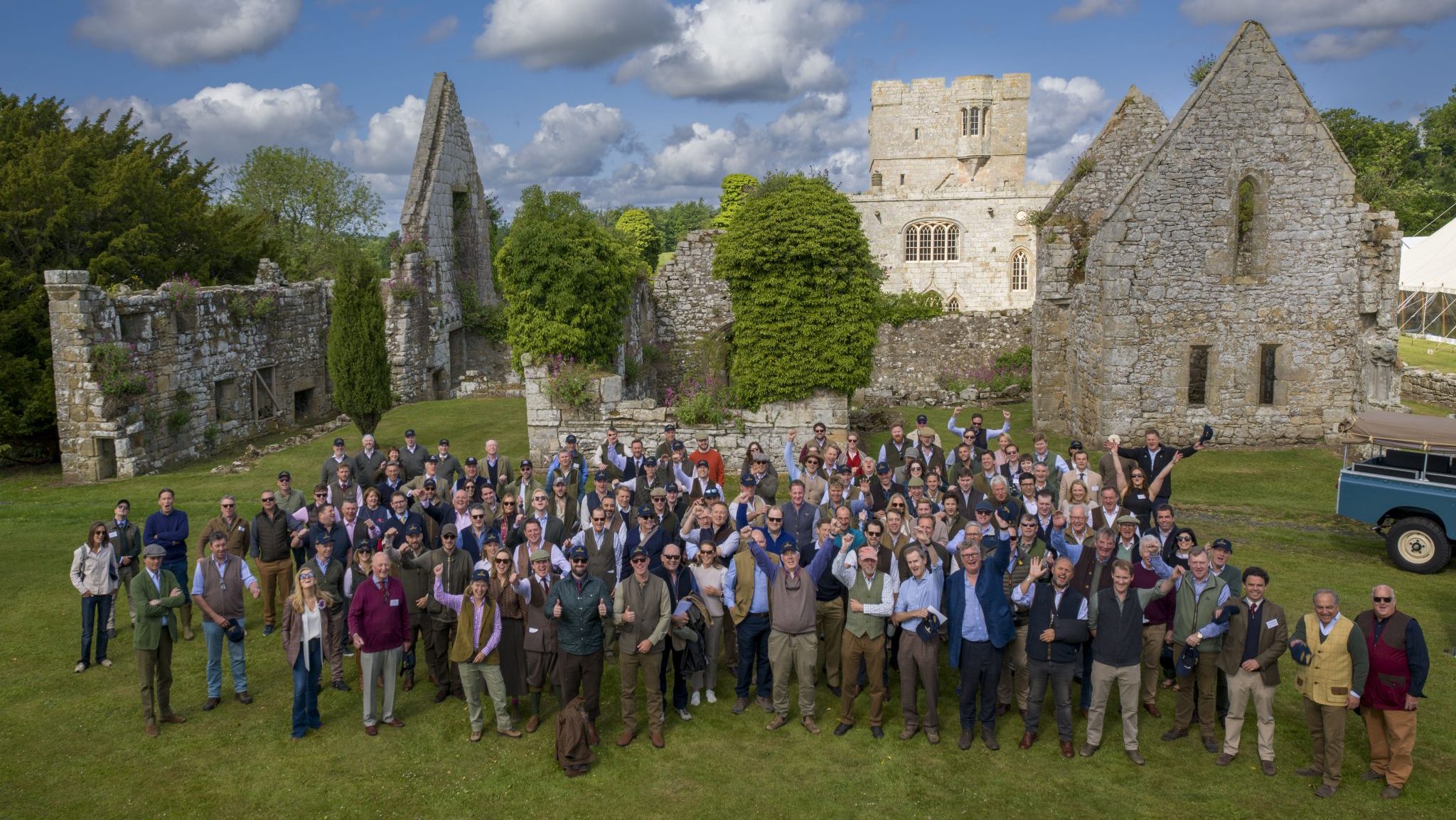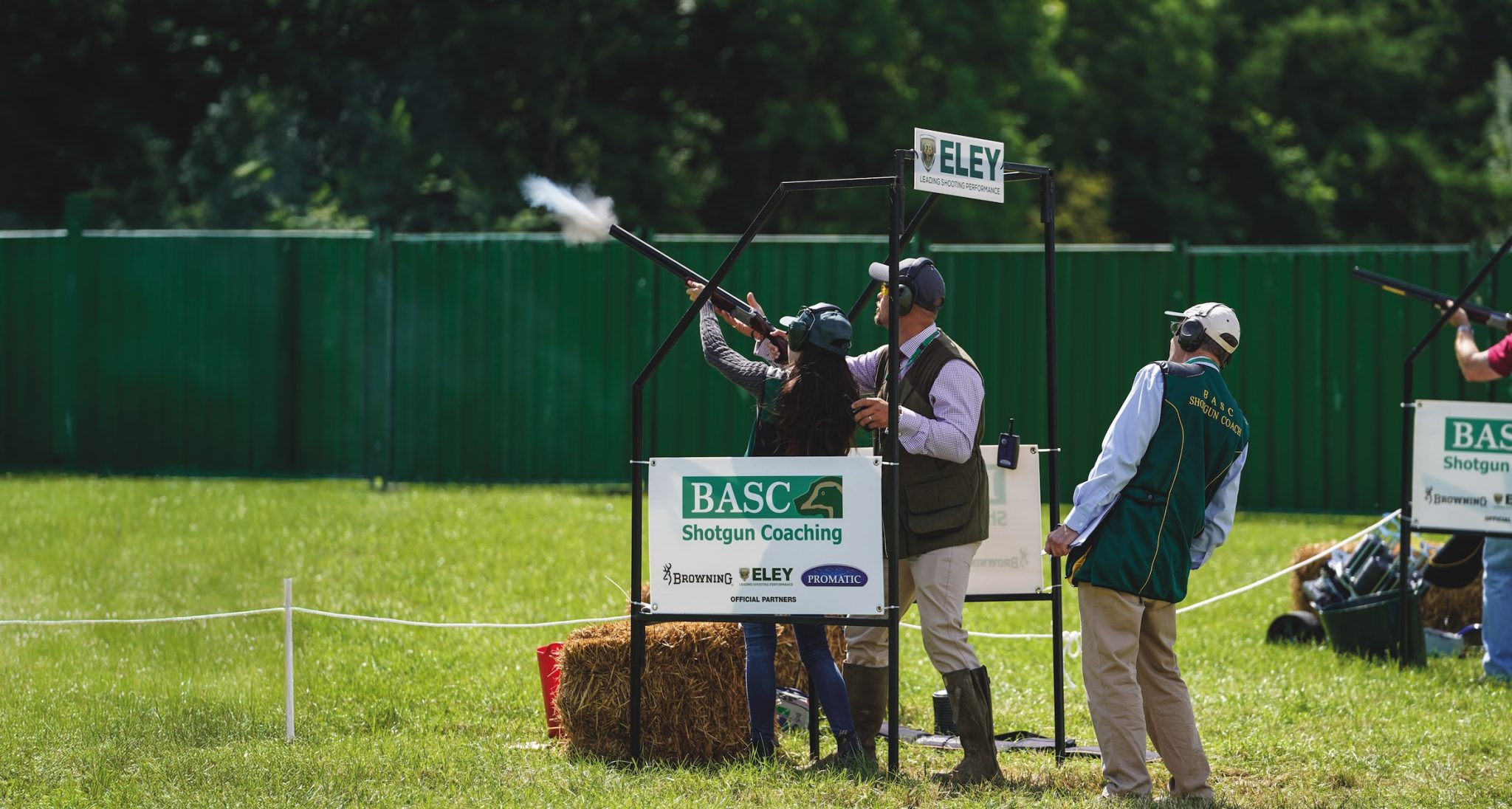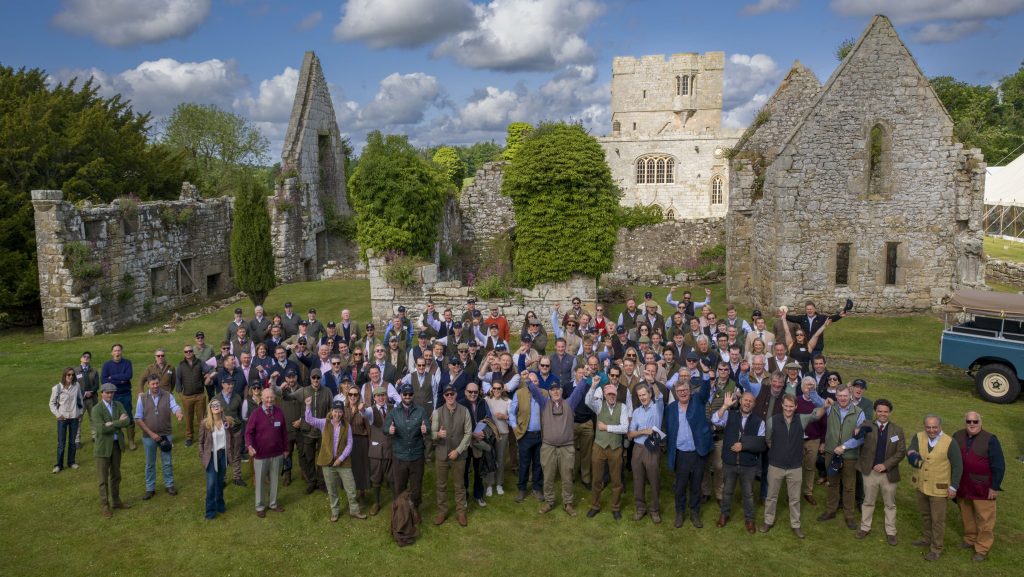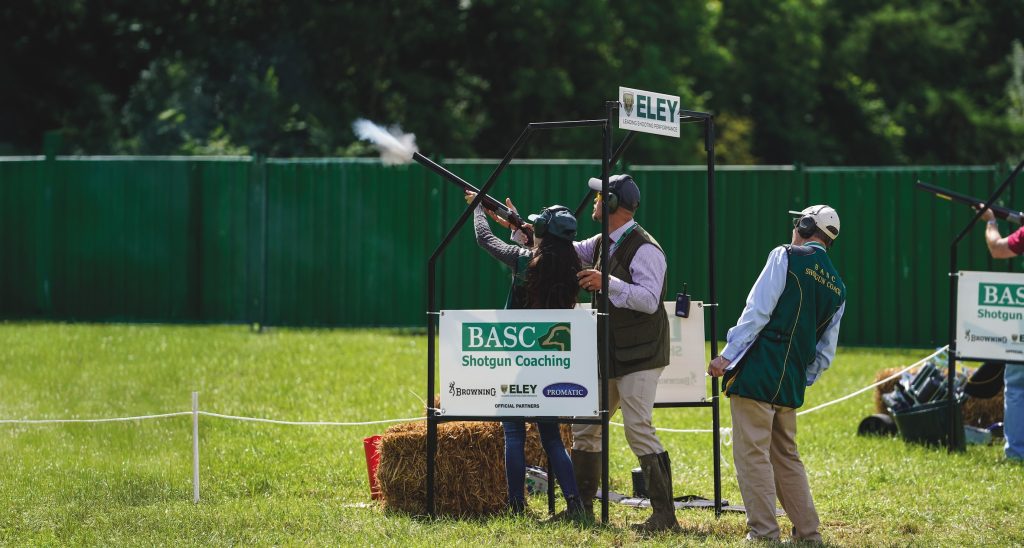News
The Wildest of birds
<strong>The excitement of walking-up ptarmigan</strong>
Would you like to speak to our readers? We offer sponsored articles and advertising to put you in front of our audience. Find out more.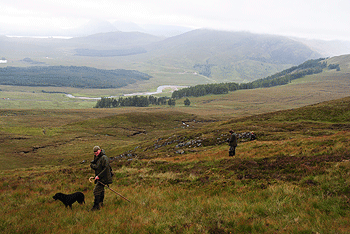
In our memories, of course, every Twelfth of August is glorious. Sunshine lights the purple hills and a gentle breeze cools dogs and Guns as another shooting season gets under way. However, the reality, especially in the Highlands, is sometimes rather different. At Sherramore, at the top of Strathspey in the Monadhliath mountains, the Twelfth last year dawned windy, cold and damp, with clouds sitting low on the dark mountains. This was bad news, as our plan for the day involved not the red grouse of the hills, but the ptarmigan of the mountain tops. A team of pointers was booked for the thirteenth. The Twelfth, though, was supposed to be spent in the lunar landscape of scree, rock and lichen where the white grouse thrive.
After breakfast, headkeeper Bruce Hendry was as dour as the weather and, with a shake of the head to our host Jack Pitman, we were sent back to the lodge for another cup of coffee with the promise that we would have another look at midday. The river Spey runs just past the lodge and, though salmon and sea trout do not make it past the Spey Dam a mile or so below the lodge, I could usually think of nothing better than spending an hour hunting the brown trout that inhabit it. The Twelfth, though, is not a day for fishing and, probably as I spent most of my time gazing at the mountains to try to convince myself that the cloud was lifting, the fish were no more helpful than the weather.
A break in the cloud
Finally, at midday, after a conclave with Jack, Bruce decided that the cloud had lifted enough and that we could give it a go. The late start gave some justification for getting some help on the way up the mountain, so the four Guns ? Jack, his son Max, my son Tom and myself ? loaded into Argocats with Bruce, beat keeper Ian Sinclair and a supporting cast of gillies and dogs. There is something slightly naughty about hitching a lift up a mountain rather than earning your sport by climbing on foot, but midday on the Twelfth is not a time for moral scruples when ptarmigan are waiting on the tops. As the Argos climbed up the increasingly steep slopes it was clear that the cloud lifting was a comparative, rather than absolute description. The Monadhliath mountains are big, though not in the spectacular manner of, for instance, Assynt?s individual peaks. There is a lot of high ground in the Monadhliaths and some of it is even higher than the rest. The ?lifting? clouds had revealed the flanks of these great heights, but great chunks of mountain were still blanketed in white-grey mist.
Bruce halted the lead Argo just short of the cloud line and we dismounted to contemplate our next move. The critical issue was, as ever, safety and there was no way we could or would have continued if visibility had compromised that. As we climbed into the wind-blown cloud, however, it was possible to see far enough to be confident that we would not be taking undue risks with gun or mountain safety. Bruce explained the plan and the Guns had to take him entirely on trust, as we neither knew, nor could see, the terrain we were about to enter. The mountain, we were assured, was a fairly even peak and we would form a line to take a classic sweep all the way around it.
My son Tom had experience of shooting duck with his single-barrelled 20-bore, but this was a different game so, with Ian, he would take the top position near the summit on the most level ground with the least distance to walk. I was next in line, with Max below me and Jack at the bottom. The keepers filled the gaps between us at 20-yard spacing so from the middle of the line I could see them and the outlines of Tom and Ian above me, and Max below against the mist. Beyond them there was nothing but cloud.
The line moves forward
Eventually the keepers? radios crackled as the line was complete below us and the moment came to move off. The walking at our end of the line was straightforward across the short carpet of lichen and alpine plants interspersed with boulders and bare rocks. The cocoon of cloud meant there was nothing to focus on other than the area directly in front ? that probably helped me pick up a flicker of movement at the edge of a small group of rocks and boulders. My little 16-bore was up in a flash and without any conscious effort I was looking down the barrels at a ptarmigan silhouetted against the wall of white. I squeezed the front trigger and the bird fell among the stones with a broken wing, probably because I had not swung with it as it caught the wind. The retrieve, however, could not have been simpler on the bare tops and in seconds the first ptarmigan was collected and safely in the bag. The line, which had halted at the sound of my shot, restarted and soon shots from Jack?s 12-bore carried through the cloud. The only way we had of knowing the result of any shots was through reports on the keepers? radios, and soon we stopped to give the dogs time to pick a bird on the scree below. As we moved on again, a pair of ptarmigan jumped right on the edge of my visibility and range, and while I got two shots away, neither did any damage. Above me, Tom?s 20-bore popped, and below Max?s 28-bore tapped out a couple of shots. There was no doubt, though, that the birds were more wary since the first shots had rung out, and the boys were not being presented with straightforward targets.
Among the boulders and scree below us, however, Jack was still finding something to shoot at and after another two shots we again stopped while dogs worked out of sight below. These were surreal moments as we stood waiting in a white world with a stiff wind muffl ing any sound and the only reference points the faintly outlined people on either side.
With our circuit of the summit complete, orders came to drop down through the clouds, where the team gathered. The news from Jack was good. The ground he had walked was steeper and rockier than the top of the mountain and had held plenty of birds. Perhaps because of the rock cover they also seemed to have sat tighter, whereas we had the feeling from the way the dogs had reacted on the tops that birds were running and flushing in front of us in the mist. Jack had three birds and though Max had not connected, he had been able to get some shots off.
As we reformed the line to head down the hill the cloud really did lift and we were rewarded with a spectacular view down towards General Wade?s road, which follows the river Spey and the complicated water management system that serves the aluminium smelter at Fort William. Jack added a grouse to the bag as we dropped down off the mountain and it was a happy team which regrouped round the Argos. Both Tom and Max would shoot a grouse the next day, but on this cold and windy Twelfth they were just happy to have been part of the team that had been all the way up the mountain and come back with a small, but special bag.
Related articles
News
Duke's Challenge raises record-breaking £685,000 for GWCT
The shooting community has backed wildlife conservation in spectacular fashion, raising a record-breaking £685,000 for wildlife conservation
By Time Well Spent
News
‘So what exactly do you lot do, then?’
You’d be surprised how many projects staff and volunteers deliver, as well as BASC’s vital work helping members, says Conor O’Gorman
By Time Well Spent
Manage Consent
To provide the best experiences, we use technologies like cookies to store and/or access device information. Consenting to these technologies will allow us to process data such as browsing behavior or unique IDs on this site. Not consenting or withdrawing consent, may adversely affect certain features and functions.
Functional Always active
The technical storage or access is strictly necessary for the legitimate purpose of enabling the use of a specific service explicitly requested by the subscriber or user, or for the sole purpose of carrying out the transmission of a communication over an electronic communications network.
Preferences
The technical storage or access is necessary for the legitimate purpose of storing preferences that are not requested by the subscriber or user.
Statistics
The technical storage or access that is used exclusively for statistical purposes.
The technical storage or access that is used exclusively for anonymous statistical purposes. Without a subpoena, voluntary compliance on the part of your Internet Service Provider, or additional records from a third party, information stored or retrieved for this purpose alone cannot usually be used to identify you.
Marketing
The technical storage or access is required to create user profiles to send advertising, or to track the user on a website or across several websites for similar marketing purposes.

